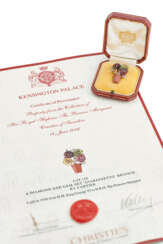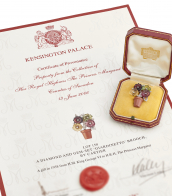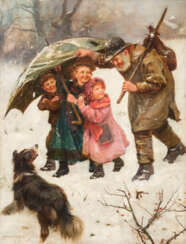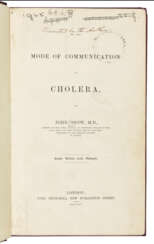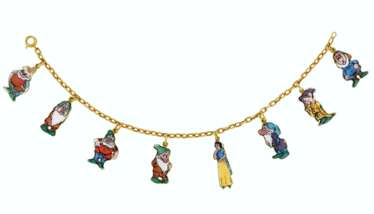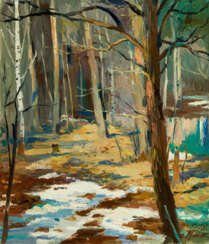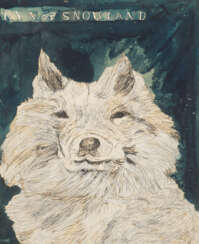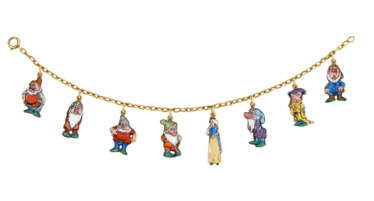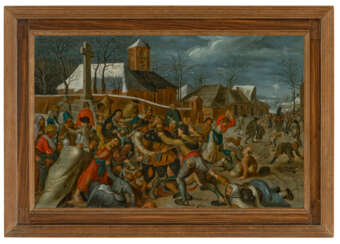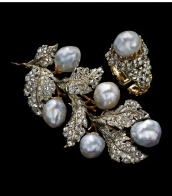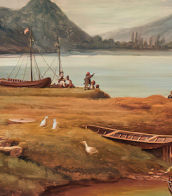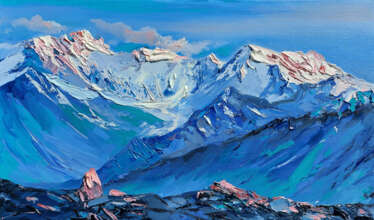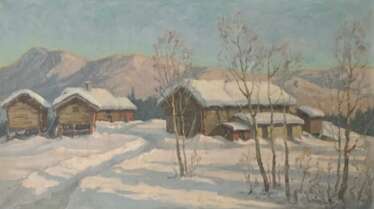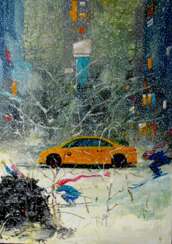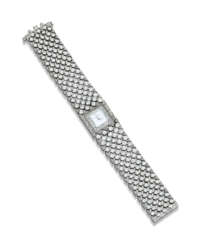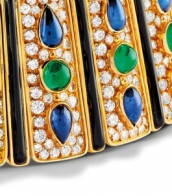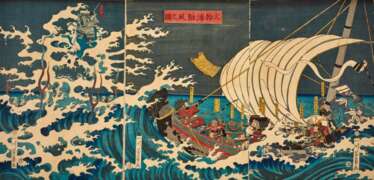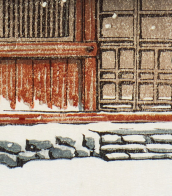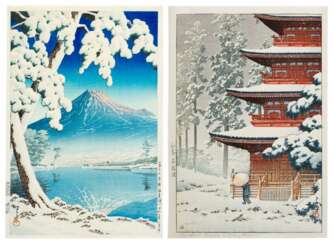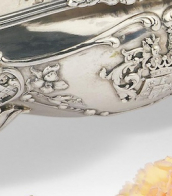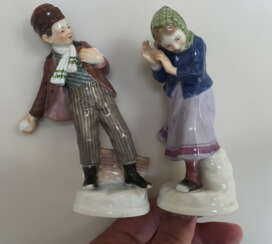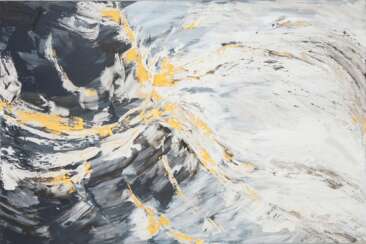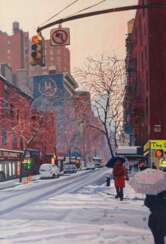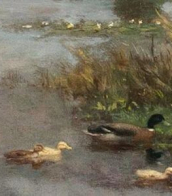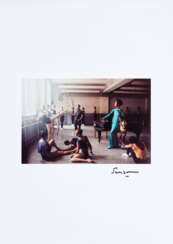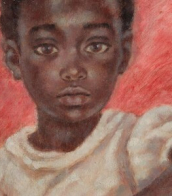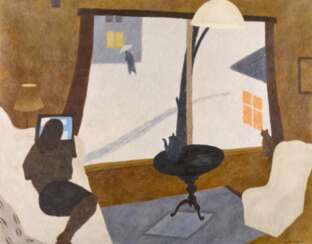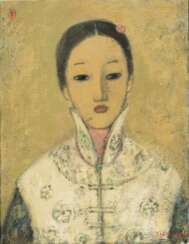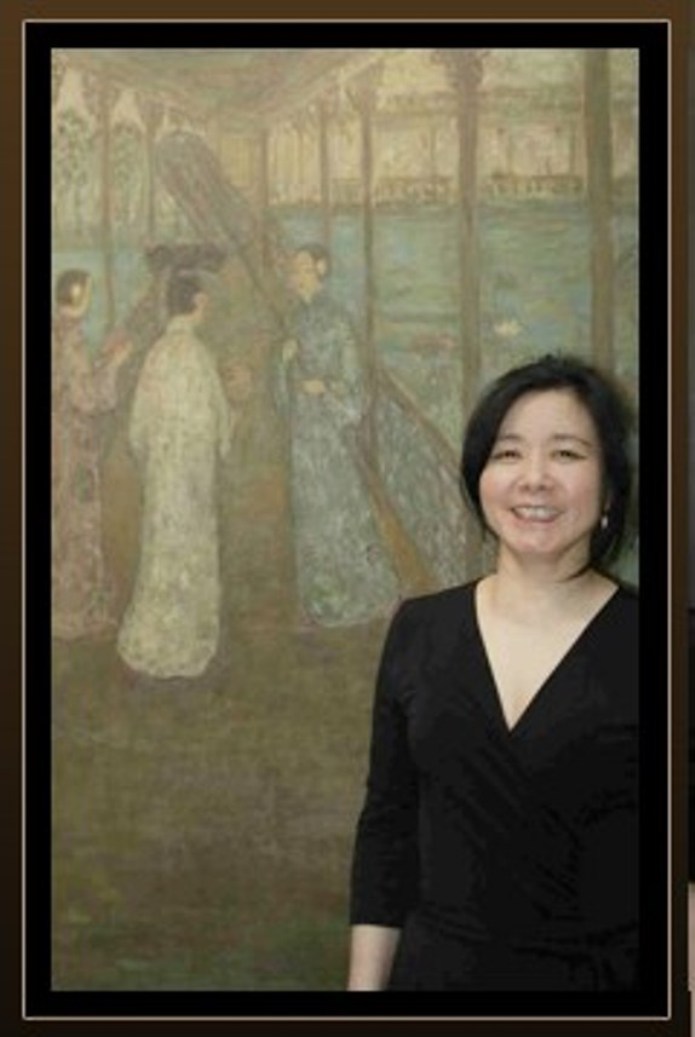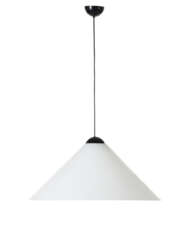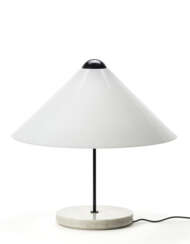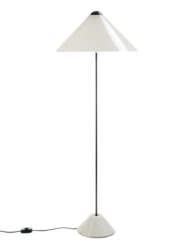snow art
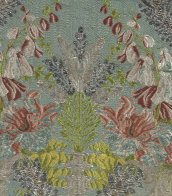
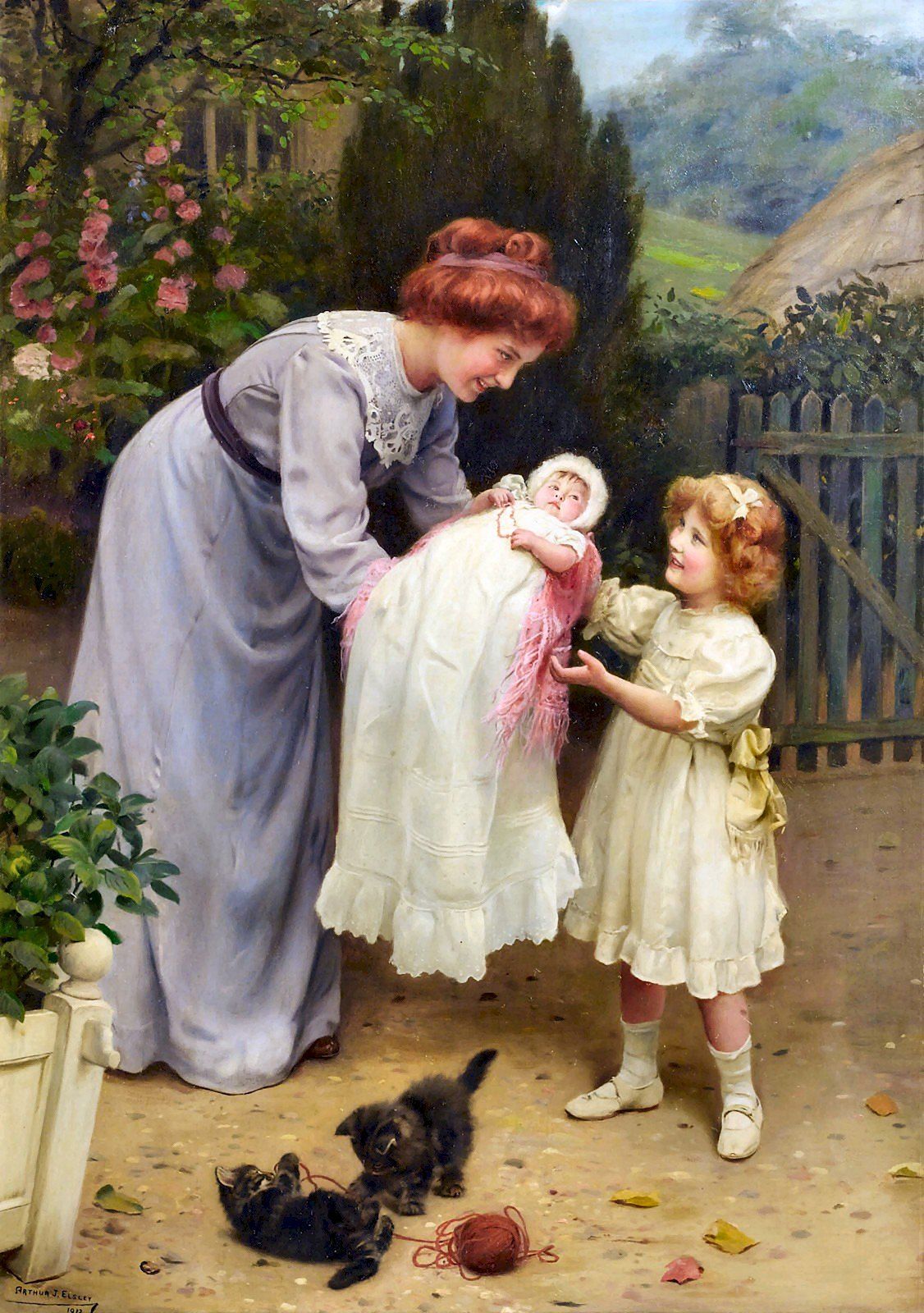
Arthur John Elsley was an English painter of the late Victorian and Edwardian periods, famous for his idyllic genre scenes of playful children and their pets. He achieved great popularity during his life and much of his work appeared in calendars, magazines and books.

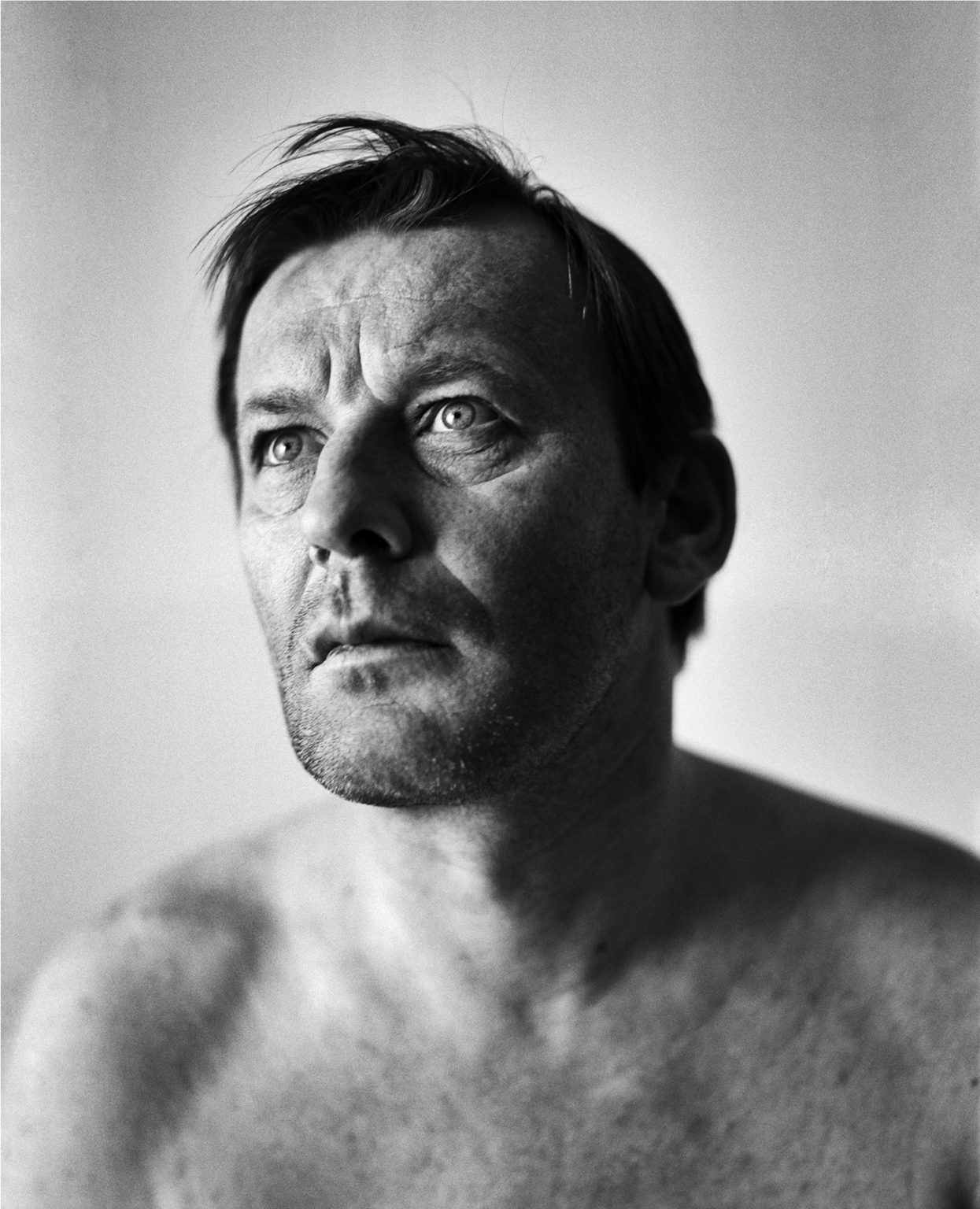
Martin Kippenberger was a German artist known for his extremely prolific output in a wide range of styles and media, superfiction as well as his provocative, jocular and hard-drinking public persona.
Kippenberger was "widely regarded as one of the most talented German artists of his generation," according to Roberta Smith of the New York Times. He was at the center of a generation of German enfants terribles including Albert Oehlen, Markus Oehlen, Werner Büttner, Georg Herold, Dieter Göls, and Günther Förg.



Dmitry Arkadievich Nalbandyan (Russian: Дмитрий Аркадьевич Налбандян) was a Soviet and Armenian painter, whose work earned him significant recognition including the Stalin Prize and the title of People's Artist of the USSR. Born in Tiflis (now Tbilisi, Georgia) in 1906 and passing away in Moscow in 1993, Nalbandyan's contributions to the art world were profound, spanning across genres such as portraiture, landscape, and political art. His education began in Moisei Toidze’s art studio and continued at the Academy of Arts in Tiflis, laying the foundation for a career that would see his works displayed in some of the most prestigious museums globally, including the State Tretyakov Gallery and the Uffizi Gallery in Florence.
Nalbandyan’s art was deeply intertwined with the political and social fabric of his time, with several of his works focusing on significant political figures and moments in Soviet history. For example, his portrait of Joseph Stalin and his depiction of Lenin speaking on the Red Square are indicative of his engagement with the political climate of the USSR. His artworks, characterized by their realism and attention to detail, have been celebrated for capturing the essence of their subjects and the spirit of an era. Notably, Nalbandyan was awarded not only for specific portraits but also for contributions to exhibitions and for paintings that reflected the ethos of friendship, peace, and Soviet achievements.
His artistic legacy is preserved through his contributions to major exhibitions and his inclusion in the collections of museums such as the Russian Museum, highlighting works like "At the Crimea Conference" and "For the Happiness of the People". These pieces, along with others like "Lenin speaking on the Red Square in 1919," underscore Nalbandyan’s role in documenting and interpreting Soviet history through art.
For collectors and experts in art and antiques, Nalbandyan's works offer a window into the Soviet era's visual culture, embodying the aesthetics, ideologies, and historical moments of the time. His paintings, whether they depict political leaders, scenic landscapes, or everyday life, continue to attract attention for their historical significance and artistic merit.
To stay updated on exhibitions, sales, and auctions featuring Dmitry Arkadievich Nalbandyan's art, signing up for updates can provide enthusiasts and collectors with timely information on opportunities to engage with his work. This subscription is an essential tool for those interested in Soviet-era art, offering insights and access to the remarkable legacy of one of the era's most significant artists.
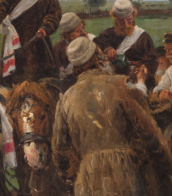
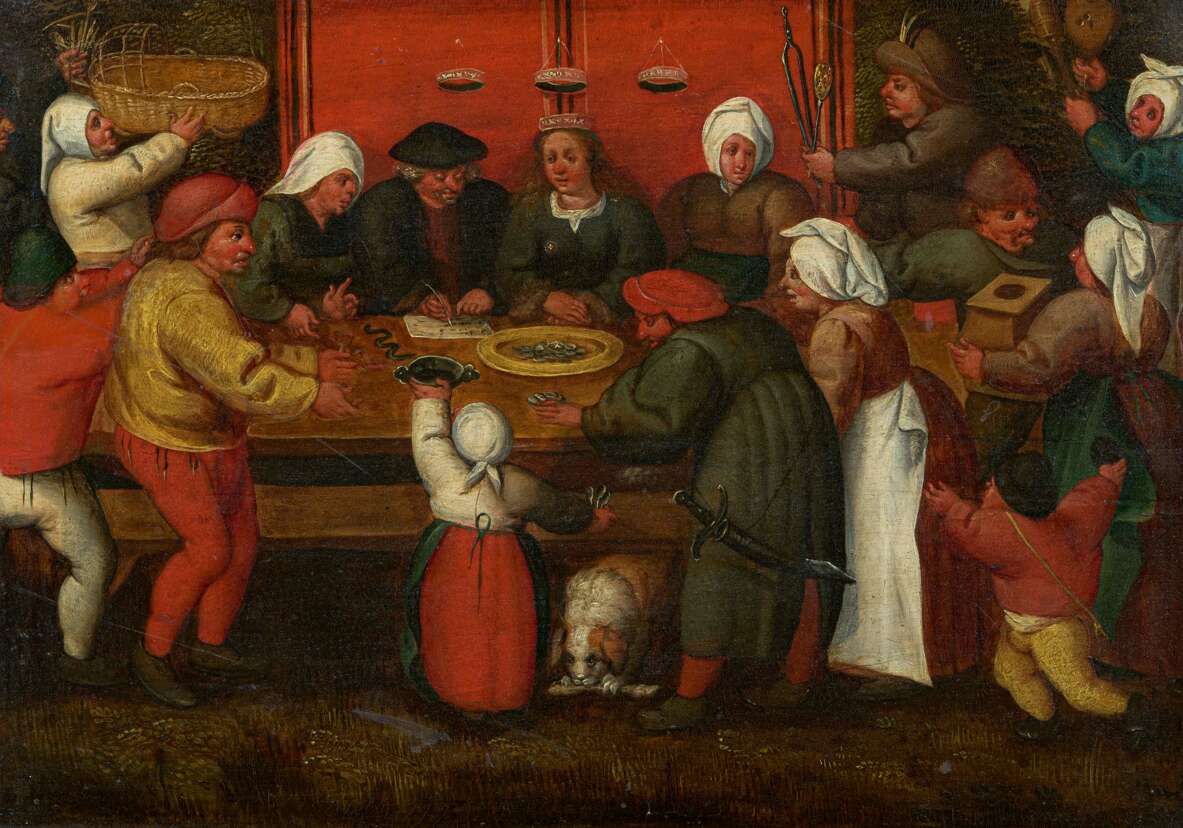
Marten van Cleve the Elder was a Flemish painter and draftsman active in Antwerp between 1551 and 1581. Van Cleve is mainly known for his genre scenes with peasants and landscapes, which show a certain resemblance with the work of Pieter Bruegel the Elder. Marten van Cleve was one of the leading Flemish artists of his generation. His subjects and compositions were an important influence on the work of Pieter Brueghel the Younger and other genre painters of his generation.
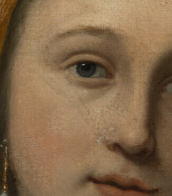




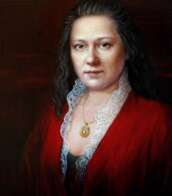
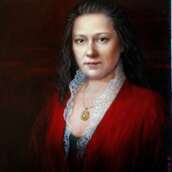


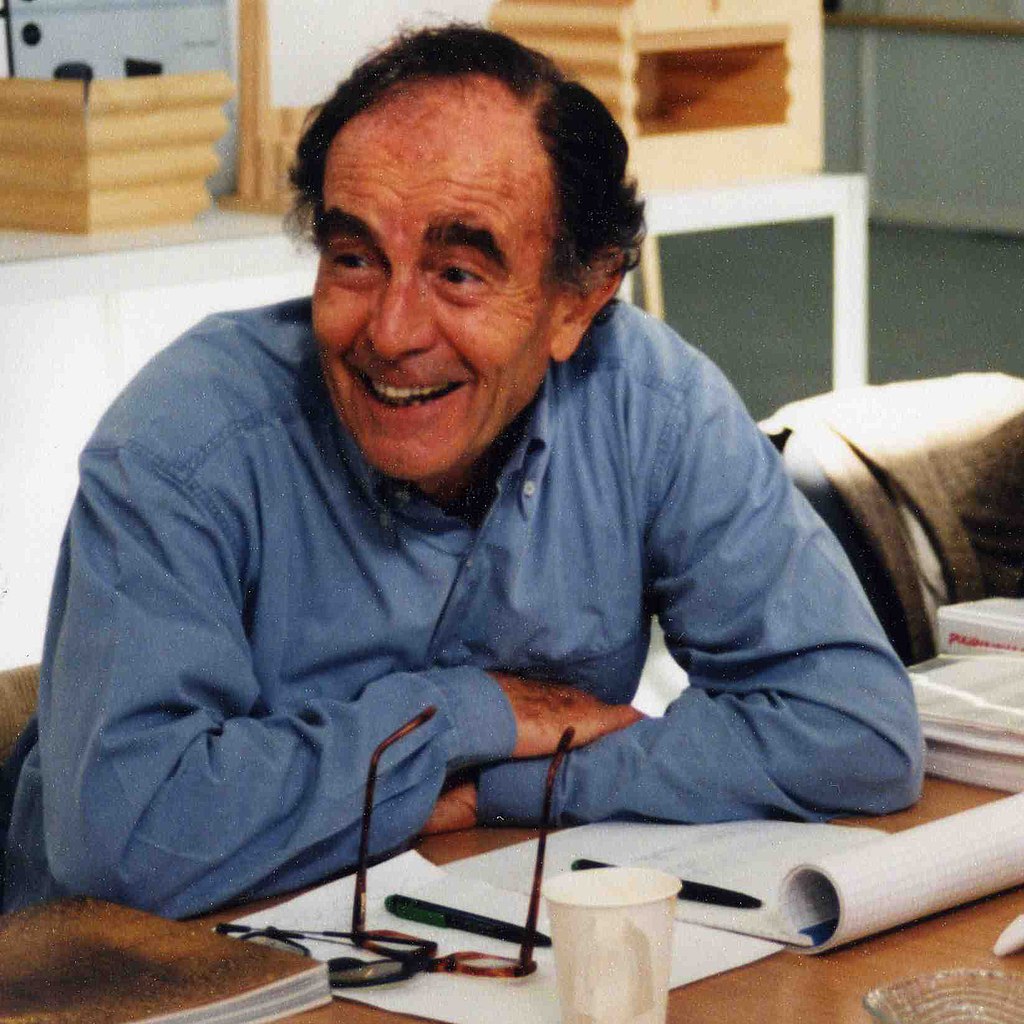
Vico Magistretti was an Italian industrial designer, known as a furniture designer and architect. A collaborator of humanist architect Ernesto Nathan Rogers, one of Magistretti's first projects was the "poetic" round church in the experimental Milan neighborhood of QT8. He later designed mass-produced appliances and furniture for companies such as Cassina S.p.A., and won several awards, including the Gold Medal of the Chartered Society of Industrial Artists & Designers in 1986.
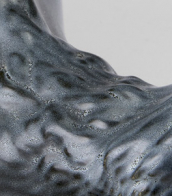

Vico Magistretti was an Italian industrial designer, known as a furniture designer and architect. A collaborator of humanist architect Ernesto Nathan Rogers, one of Magistretti's first projects was the "poetic" round church in the experimental Milan neighborhood of QT8. He later designed mass-produced appliances and furniture for companies such as Cassina S.p.A., and won several awards, including the Gold Medal of the Chartered Society of Industrial Artists & Designers in 1986.


Vico Magistretti was an Italian industrial designer, known as a furniture designer and architect. A collaborator of humanist architect Ernesto Nathan Rogers, one of Magistretti's first projects was the "poetic" round church in the experimental Milan neighborhood of QT8. He later designed mass-produced appliances and furniture for companies such as Cassina S.p.A., and won several awards, including the Gold Medal of the Chartered Society of Industrial Artists & Designers in 1986.



